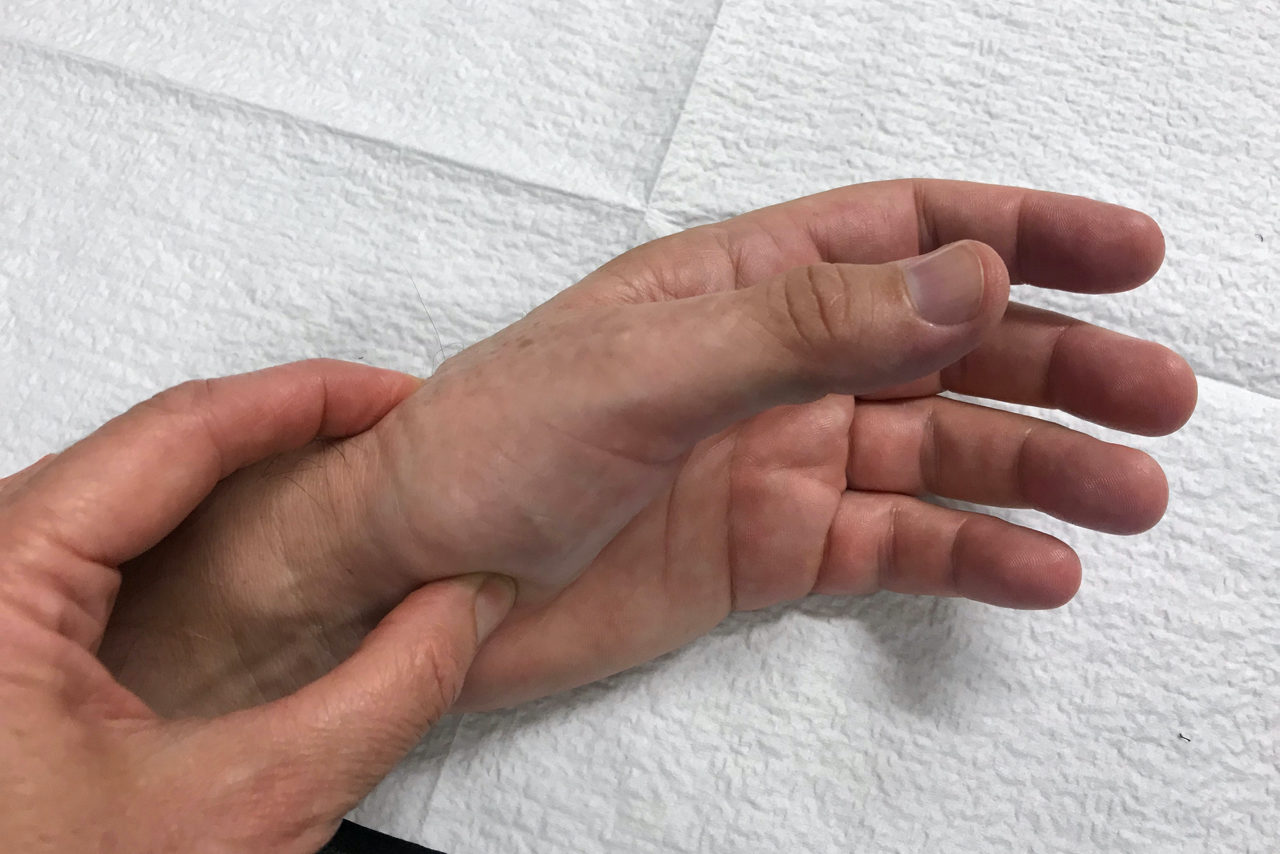
Arthritis at the base of the thumb can be painful, impairing your ability to work, perform household tasks, hobbies and sports. We can help you overcome your pain by explaining factors that contribute to your symptoms and creating a treatment plan that addresses current symptoms and reduces the likelihood of flare-ups in the future.
What causes arthritis at the base of the thumb?
Arthritis at the base of the thumb has traditionally been considered to result from degeneration of the articular cartilage at the base of the thumb. More recently, it has been proposed that any part of the joint, including the ligaments, nerves, muscles or cartilage could be involved in the development of OA (Hagert, Mobargha 2012). Failure of neuromuscular control of the joint may contribute to development of OA.
What are the symptoms?
- Pain, tenderness and swelling at the base of the thumb
- Aggravated by activities such as writing, opening jars, carrying plates, turning keys and activities that require strong pinch.
- Can range from mild to severe.
What type of treatment is used for base of thumb arthritis?
Splinting is most likely required to support the thumb joint and reduce pain. Various styles of splints are available, and your therapist will help you determine which is most suitable, depending on your extent of your pain and arthritis.
Your therapist may also educate you on exercises including nerve glides, proprioception and soft tissue massage. Education will also be provided regarding activity modification and self-management strategies.
Surgery may be required when pain doesn’t improve with splinting and exercises, or if pain worsens over time. Hand therapy after surgery includes wound management, splinting and exercises when appropriate.
 .
. 

